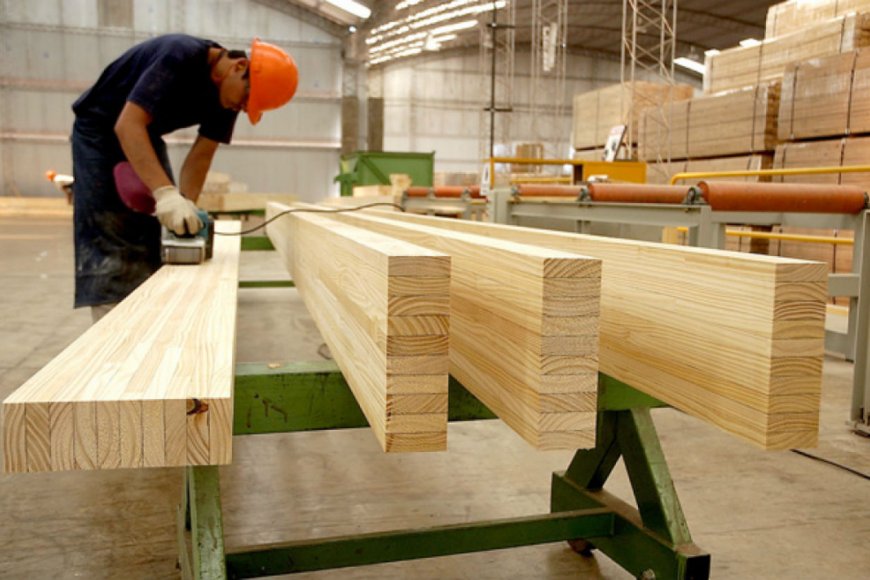The wood industry stands as a testament to human ingenuity and resourcefulness, representing a vital sector that has shaped societies, economies, and cultures for centuries. From the construction of ancient civilizations to modern-day innovations, the wood industry has continuously evolved, catering to a wide array of applications and contributing to both traditional craftsmanship and cutting-edge technology. In this article, we delve into the multifaceted world of the wood industry, exploring its history, significance, sustainability efforts, and its pivotal role in contemporary manufacturing and design.
The Historical Significance of Wood
Contents
Foundation of Civilization: Throughout history, wood has been a foundational material for shelter, tools, and transportation. From the earliest dwellings to intricate carvings and ornate furniture, wood has played an essential role in shaping human progress.
Architectural Marvels: Wood has been instrumental in constructing iconic architectural marvels, such as ancient temples, cathedrals, and traditional Japanese structures like pagodas and tea houses.
Cultural Artifacts: Wood carving and woodworking have been integral to cultural expression, with intricate designs and sculptures reflecting artistic traditions across the globe.
Industrial Revolution: The Industrial Revolution further transformed the wood industry, leading to mass production of furniture, construction materials, and paper.
Modern Applications and Innovations
Construction and Architecture: Wood remains a primary material for construction, offering sustainability, versatility, and aesthetic appeal. Modern timber construction techniques, like cross-laminated timber (CLT), have enabled the creation of environmentally friendly and visually striking structures.
Furniture and Design: Wood continues to be a preferred choice for furniture and interior design. From classic to contemporary, wood’s warmth and adaptability contribute to timeless and customizable pieces.
Paper and Packaging: The paper industry relies on wood fibers for the production of paper and cardboard, essential components of education, communication, and packaging.
Renewable Energy: Wood biomass serves as a renewable energy source, contributing to sustainable practices and reducing reliance on fossil fuels.
Sustainability Efforts
Forestry Management: Sustainable forestry practices, such as selective harvesting and reforestation, ensure the replenishment of wood resources and the preservation of biodiversity.
Certification Programs: Organizations like the Forest Stewardship Council (FSC) promote responsible forestry by certifying wood products sourced from well-managed forests.
Recycling and Upcycling: Efforts to recycle and repurpose wood waste contribute to reducing environmental impact and promoting circular economy practices.
Innovative Materials: Researchers are exploring innovative wood-based materials, such as engineered wood products, bio-composites, and even wood-based textiles.
The wood industry’s journey from ancient traditions to modern innovation is a testament to its enduring significance and adaptability. As a material that has been integral to human progress, the wood industry continues to evolve, incorporating sustainable practices and embracing technological advancements. Whether in the form of towering skyscrapers, exquisite furnishings, or eco-friendly energy solutions, wood’s role in shaping our world is a testament to the harmonious relationship between nature, craftsmanship, and innovation.



